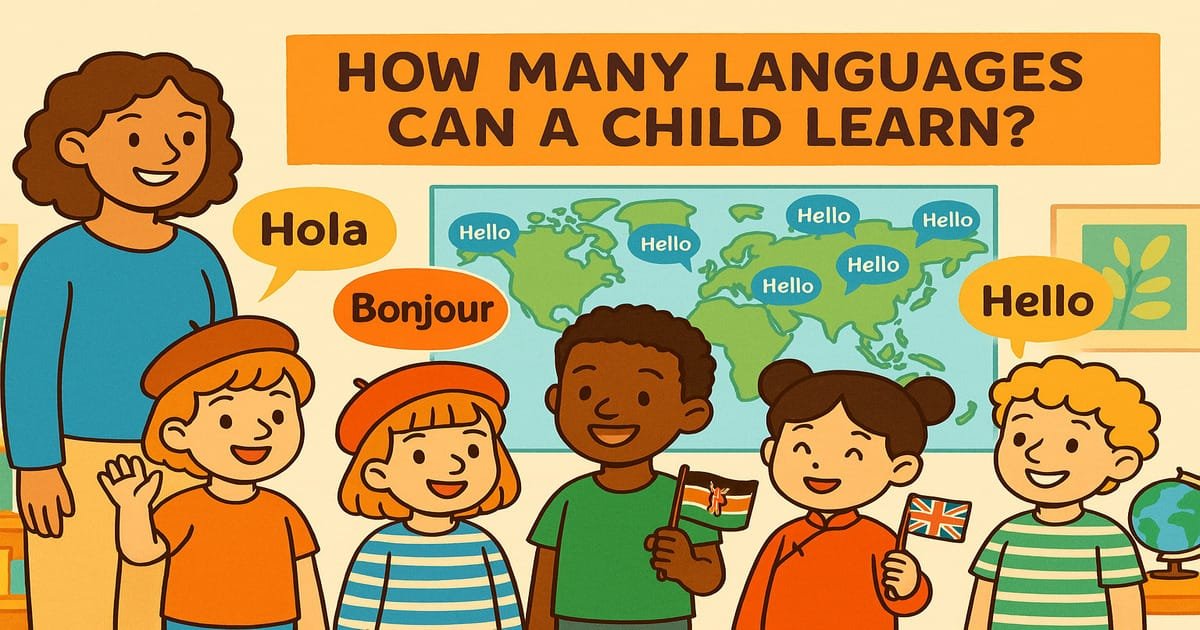Did you know that effective teaching methods can foster a love for learning in children, leading to greater academic success? Learning how to teach a child to learn is not only crucial for their educational journey but also sets the foundation for a lifetime of curiosity and growth.
In this article, we will explore child learning strategies, teaching techniques for children, and how to promote a love for learning. Whether you are a parent or a teacher, these tips will help you inspire young minds and nurture their natural thirst for knowledge.
Key Takeaways:
- By helping children discover their interests, you can spark a love of learning.
- Providing hands-on experiences and tactile learning opportunities enhances children’s ability to learn effectively.
- Making learning fun through creative activities and brain breaks can keep children engaged and motivated.
- Demonstrating your own passion for learning can serve as an inspiration for children to develop a love for learning.
- Identifying your child’s learning style allows you to tailor teaching methods to suit their preferences and optimize their learning experience.
Helping Children Discover Interests and Passions
One way to spark a love of learning in children is by helping them discover and explore topics that truly interest them. When children have the opportunity to pursue their passions, it enhances their motivation to learn and encourages active engagement in their education.
Research has shown that children who are allowed to choose topics of interest have better academic outcomes and a deeper understanding of the subject matter. As a parent or teacher, you can play a crucial role in supporting their exploration and facilitating their learning journey.
Here are some strategies you can use to help children discover their interests and passions:
- Expose them to different experiences: Take children to museums, art galleries, science exhibitions, and other educational outings. These experiences can expose them to a wide variety of subjects and help them discover new interests.
- Talk to them: Engage in conversations with children about what they are learning and reading. Show genuine interest in their thoughts and opinions. This not only encourages communication and critical thinking but also helps you understand their evolving interests.
- Provide resources: Offer books, magazines, documentaries, and online resources related to their areas of interest. This allows children to explore their passions further and deepen their knowledge.
“Education is not the filling of a pail, but the lighting of a fire.” – William Butler Yeats
By actively supporting and encouraging children to explore their interests and passions, you can help them develop a lifelong love for learning. This approach not only enhances their academic performance but also fosters creativity, critical thinking, and personal growth.
Engaging children in educational activities that align with their interests is an effective way to motivate them to learn and discover their potential. The video above represents a diverse range of educational activities for kids, inviting them to explore various emotions and develop a love for learning.
Providing Hands-On Experiences
Hands-on learning is one of the most effective ways for children to learn. Research shows that when students move, touch, and experience, they learn better. Incorporating movement, interaction, and tactile experiences in the classroom, as well as providing additional enrichment at home, can help children learn effectively and make learning more enjoyable.
- Engage children in activities that allow them to use their hands and interact with materials. This could include building with blocks, conducting science experiments, or creating art projects.
- Encourage children to explore their environment through sensory play, such as playing with sand, water, or playdough. This helps develop their fine motor skills and enhances their understanding of the world around them.
- Utilize educational toys and games that promote hands-on learning. These can range from puzzles and building sets to coding kits and science kits.
“I believe that students learn best when they have the opportunity to engage with the material in a hands-on way. It allows them to make connections, ask questions, and truly understand the concepts being taught.” – Rachel Johnson, Elementary School Teacher
Parents can also provide additional resources for hands-on learning at home. There are numerous educational websites, apps, and online platforms that offer interactive and immersive learning experiences. These resources can support children’s learning beyond the classroom and provide opportunities for further exploration and discovery.
By incorporating hands-on experiences into children’s learning journeys, parents and teachers can create an engaging and effective learning environment that nurtures curiosity, critical thinking, and a love for learning.

Making Learning Fun
Learning doesn’t have to be all textbooks and lectures. In fact, incorporating fun activities into the learning process can greatly enhance a child’s educational experience. By making learning enjoyable, children are more likely to stay engaged, retain information, and develop a lifelong love for learning.
One way to make learning fun is through the use of songs. Songs have a way of capturing children’s attention and helping them remember information. Whether it’s a catchy tune about the solar system or a rap about multiplication tables, music can be a powerful tool for learning.
Academic games are another effective way to make learning fun. By turning learning into a game, children are motivated to actively participate and compete, while reinforcing their understanding of the subject matter. Games can range from traditional board games that teach strategy and critical thinking to interactive online quizzes that make learning feel like play.
“Education is the most powerful weapon which you can use to change the world.” – Nelson Mandela
Creative Learning
Embracing creativity can also make learning more enjoyable for children. Incorporating art projects or creative writing into academic subjects gives children the opportunity to express themselves and think outside the box. For example, in a science lesson on the water cycle, children can create a visual representation using different art materials or write a short story about a water droplet’s journey.
Additionally, humor and storytelling can captivate children’s attention and make learning more engaging. Teaching with a sense of humor and incorporating funny anecdotes can help children connect with the material and remember key concepts. Storytelling, on the other hand, allows children to visualize and relate to the information, making it more memorable.
Brain Breaks
Lastly, incorporating brain breaks into learning can provide a refreshing change of pace and re-energize children’s minds. Short physical activities or mental exercises can help children recharge and refocus, improving their overall learning experience. Brain breaks can include stretching exercises, mindfulness activities, or even quick puzzles to solve.
| Benefits of Making Learning Fun | Examples of Educational Activities |
|---|---|
| – Increased engagement | – Singing educational songs |
| – Improved retention of information | – Playing academic games |
| – Development of a love for learning | – Incorporating art projects or creative writing |
| – Enhanced critical thinking skills | – Using humor and storytelling |
| – Reduced stress and improved focus | – Taking brain breaks |
Demonstrating Your Own Passion
Being a role model for your child by demonstrating your own passion for learning can inspire and motivate them to develop a love for learning. When parents and teachers enthusiastically explore their own interests, take courses or read books on topics they are interested in, and share their learning experiences with their child or students, it creates a positive learning environment.
Lead by Example
Children often look up to their parents and teachers as role models, observing their actions and attitudes towards learning. When you show genuine enthusiasm and curiosity for acquiring knowledge, it encourages children to adopt a similar mindset. By actively engaging in lifelong learning and sharing your enthusiasm, you become a powerful influence on their educational journey.
Your example doesn’t have to be grand or elaborate. Even simple actions like reading a book, attending a workshop, or pursuing a hobby can demonstrate the value of learning and motivate children to do the same.
The Power of Sharing
Sharing your own learning experiences with your child or students can ignite their curiosity and cultivate a genuine interest in learning. Talk to them about what you are learning, discuss books or articles you find fascinating, and share any unexpected discoveries along the way. This not only exposes children to new ideas and information but also helps them see the relevance and joy in acquiring knowledge.
Encourage Exploration
Encourage children to explore their own interests and passions by providing them with resources, books, and educational materials related to their chosen topic. When they witness your support and involvement, they feel empowered to pursue their own learning journeys and develop a sense of ownership over their education.
Teaching Techniques for Children
There are various teaching techniques for children that can help foster a love for learning:
- Implement hands-on activities and experiments to make learning more interactive and engaging.
- Use technology wisely to enhance learning experiences and provide access to a wide range of educational resources.
- Encourage group discussions and collaborative learning to promote critical thinking and problem-solving skills.
- Provide positive reinforcement and celebrate achievements to boost children’s confidence and motivation.
| Technique | Description |
|---|---|
| Hands-on learning | Engaging children in experiential activities that allow them to actively explore concepts and make connections. |
| Technology integration | Integrating educational apps, online platforms, and multimedia resources to enhance learning opportunities. |
| Collaborative learning | Encouraging students to work together, share ideas, and learn from their peers in a supportive environment. |
| Positive reinforcement | Recognizing and rewarding children’s efforts and achievements to foster a positive learning mindset. |
By embodying a passion for learning and utilizing effective teaching techniques, parents and teachers can inspire children to become enthusiastic learners, setting them on a path towards lifelong educational success.
Identifying Your Child’s Learning Style
Every child has their own unique learning style that influences the way they absorb and process information. By identifying your child’s dominant learning style, whether they are visual learners, auditory learners, or kinesthetic learners, you can tailor your teaching methods to suit their preferences and enhance their learning experience.
Visual learners thrive on visual aids such as diagrams, charts, and images. They learn best when information is presented in a visually appealing manner. To support visual learners, incorporate visual elements into their learning, such as using colorful flashcards, watching educational videos, or creating visual organizers.
Auditory learners, on the other hand, learn best through sound and auditory stimulation. They excel in listening and retaining information through oral instructions, discussions, and lectures. To accommodate auditory learners, provide opportunities for them to engage in discussions, listen to audio recordings or podcasts, and encourage them to verbalize concepts to reinforce their understanding.
Kinesthetic learners learn best through hands-on experiences and physical movement. They have a need for tactile involvement and benefit from activities that allow them to touch, manipulate, and interact with materials. To engage kinesthetic learners, incorporate hands-on experiments, role-playing, and physical games that involve movement and interaction.
Understanding and catering to your child’s unique learning style can make a significant difference in their learning journey. By adapting your teaching methods accordingly, you can create a more effective and enjoyable learning environment that supports their individual strengths and preferences.
FAQ
How can I help teach my child to learn?
There are several strategies you can employ to help teach your child to learn. These include helping them discover their interests, providing hands-on experiences, making learning fun, demonstrating your own passion for learning, identifying their learning style, and having discussions instead of lectures.
How can I help my child discover their interests and passions?
You can help your child discover their interests and passions by exposing them to different experiences, talking to them about what they are learning and reading, and providing resources to help them further explore their interests.
Why is hands-on learning effective for children?
Hands-on learning is effective for children because research shows that when students move, touch, and experience, they learn better. Incorporating movement, interaction, and tactile experiences in the classroom, as well as providing additional enrichment at home, can help children learn effectively and make learning more enjoyable.
How can I make learning fun for my child?
Learning can be made fun by incorporating various methods such as songs, academic games, creative activities, and incorporating art projects or creative writing into academic subjects. Using humor, storytelling, and incorporating brain breaks can also make learning more enjoyable for children.
How can I demonstrate my own passion for learning to my child?
You can be a role model for your child by enthusiastically exploring your own interests, taking courses or reading books on topics you are interested in, and sharing your learning experiences with your child.
Why is it important to identify my child’s learning style?
It is important to identify your child’s learning style because children have their own unique way of learning. By understanding their dominant learning style, which can be visual, auditory, or kinesthetic, you can tailor your teaching methods to suit their preferences and enhance their learning experience.





